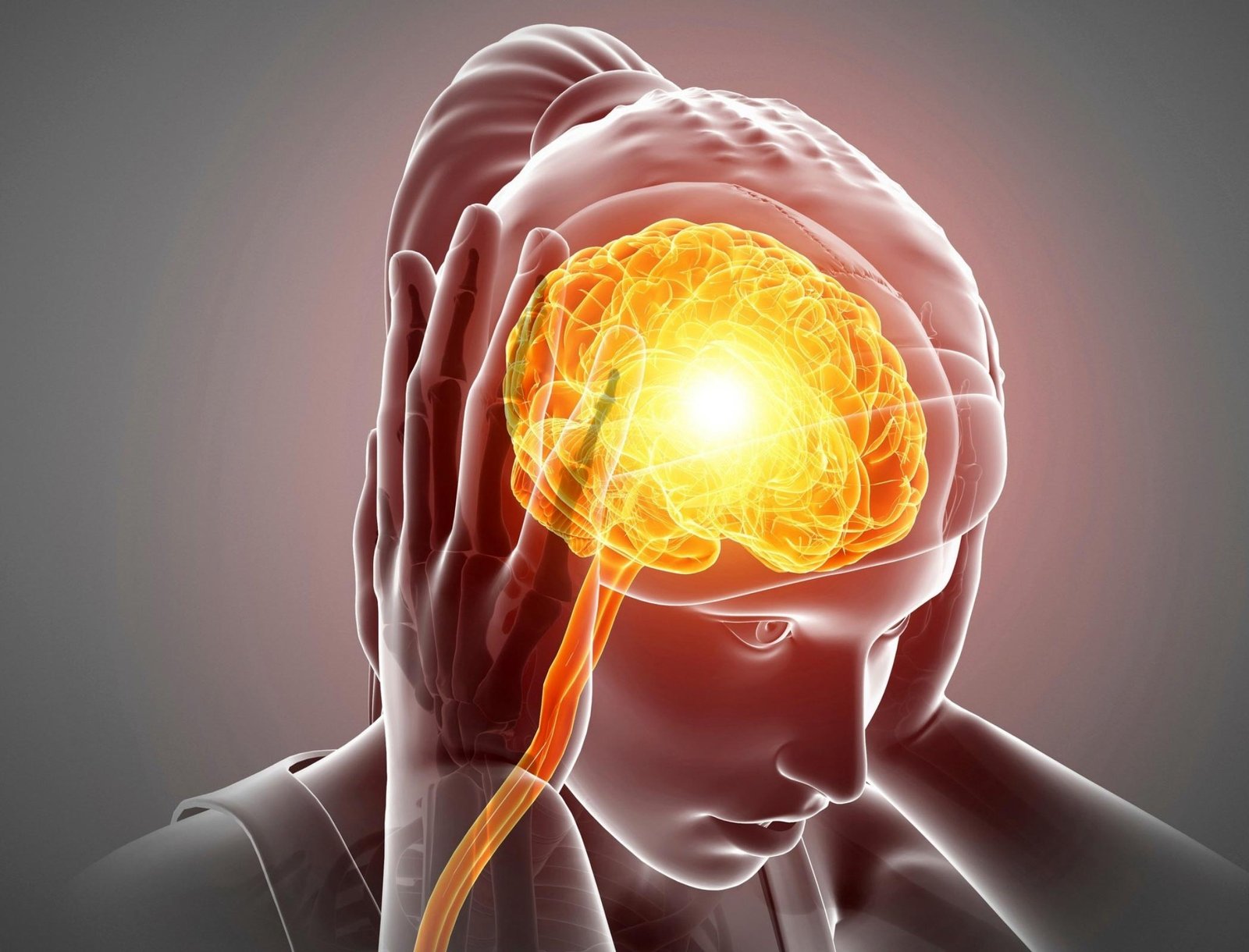Migraine: Symptoms and Causes

What is a Migraine?
A migraine is a headache that can cause severe throbbing pain or a pulsing sensation, usually on one side of the head. It’s often accompanied by nausea, vomiting, and extreme sensitivity to light and sound. Migraine attacks can last for hours to days, and the pain can be so bad that it interferes with your daily activities.
Symptoms
Migraines, which affect children and teenagers as well as adults, can progress through four stages: prodrome, aura, attack, and post-drome. Not everyone who has migraines goes through all stages.
1. Prodrome
One or two days before a migraine, you might notice subtle changes that warn of an upcoming migraine, including:
– Constipation
– Mood changes, from depression to euphoria
– Food cravings
– Neck stiffness
– Increased urination
– Fluid retention
– Frequent yawning
2. Aura
For some people, an aura might occur before or during migraines. Auras are reversible symptoms of the nervous system. They’re usually visual but can also include other disturbances. Each symptom usually begins gradually, builds up over several minutes, and can last up to 60 minutes. Examples of migraine auras include:
– Visual phenomena, such as seeing various shapes, bright spots, or flashes of light
– Vision loss
– Pins and needles sensations in an arm or leg
– Weakness or numbness in the face or one side of the body
– Difficulty speaking
3. Attack
A migraine usually lasts from 4 to 72 hours if untreated. How often migraines occur varies from person to person. Migraines might occur rarely or strike several times a month. During a migraine, you might have:
– Pain usually on one side of your head, but often on both sides
– Pain that throbs or pulses
– Sensitivity to light, sound, and sometimes smell and touch
– Nausea and vomiting
4. Post-drome
After a migraine attack, you might feel drained, confused, and washed out for up to a day. Some people report feeling elated. Sudden head movement might bring on the pain again briefly.
When to See a Doctor
Migraines are often undiagnosed and untreated. If you regularly have signs and symptoms of migraine, keep a record of your attacks and how you treated them. Then make an appointment with your health care provider to discuss your headaches.
Even if you have a history of headaches, see your health care provider if the pattern changes or your headaches suddenly feel different.
See your health care provider immediately or go to the emergency room if you have any of the following signs and symptoms, which could indicate a more serious medical problem:
– An abrupt, severe headache like a thunderclap
– Headache with fever, stiff neck, confusion, seizures, double vision, numbness, or weakness in any part of the body, which could be a sign of a stroke
– Headache after a head injury
– A chronic headache that is worse after coughing, exertion, straining, or a sudden movement
– New headache pain after age 50
Causes
Though migraine causes aren’t fully understood, genetics and environmental factors appear to play a role. Changes in the brainstem and its interactions with the trigeminal nerve, a major pain pathway, might be involved. So might imbalances in brain chemicals — including serotonin, which helps regulate pain in your nervous system.
Migraine Triggers
There are several migraine triggers, including:
– Hormonal changes in women
– Fluctuations in estrogen, such as before or during menstrual periods, pregnancy, and menopause
– Drinks (alcohol, especially wine, and too much caffeine)
– Stress
– Sensory stimuli (bright or flashing lights, loud sounds)
– Strong smells (perfume, paint thinner, secondhand smoke)
– Sleep changes
– Physical strain
– Weather changes
– Medications (oral contraceptives, vasodilators)
– Foods (aged cheeses, salty and processed foods)
– Food additives (aspartame, monosodium glutamate)
Risk Factors
Several factors make you more prone to having migraines, including:
– Family history
– Age (migraines can begin at any age, though the first often occurs during adolescence)
– Sex (women are three times more likely than men to have migraines)
– Hormonal changes
Complications
Taking painkillers too often can trigger serious medication-overuse headaches.
Diagnosis and Treatment
Consult a doctor for proper diagnosis. Treatment includes medications, lifestyle changes, and self-help remedies.
